
Browse all content tagged with this keyword.
Showing 68 results
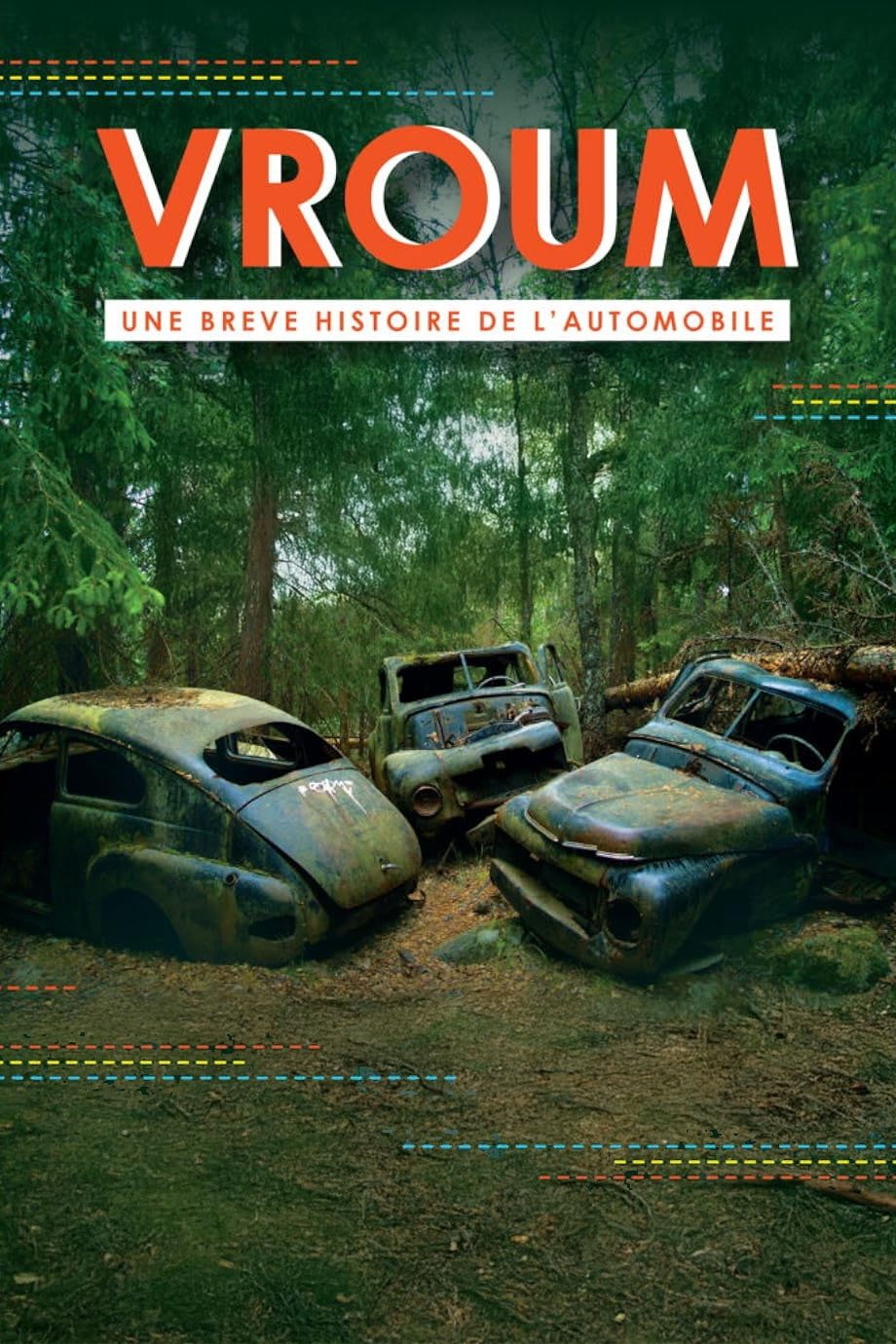
Our cities, transformed a mere century ago to accommodate cars,...
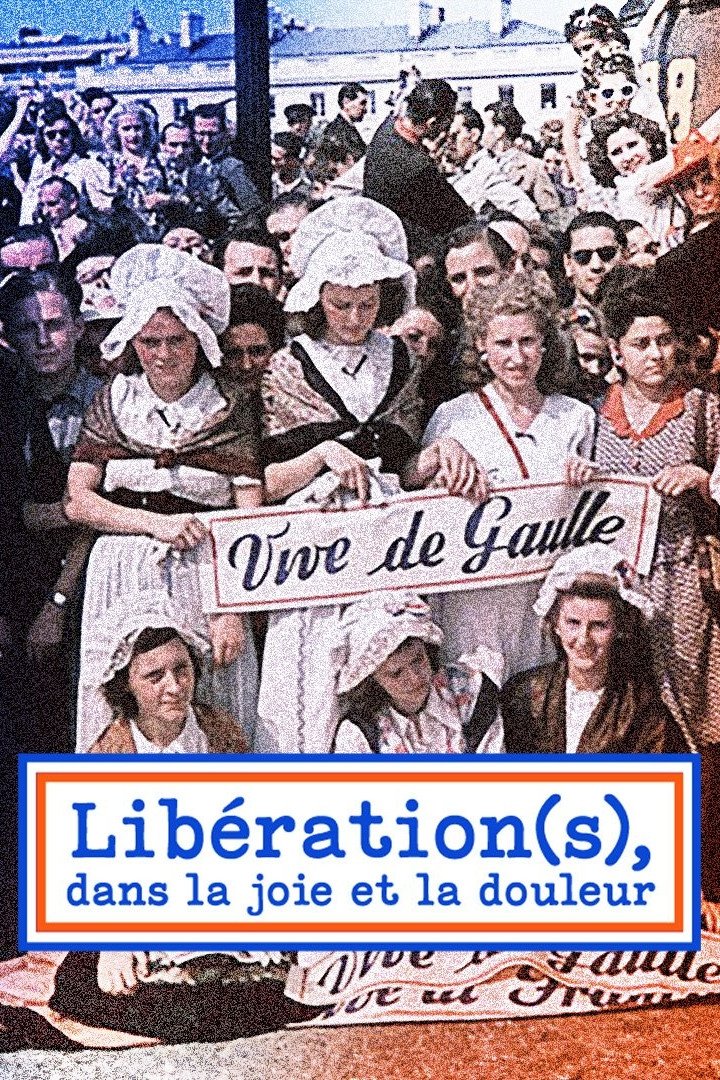
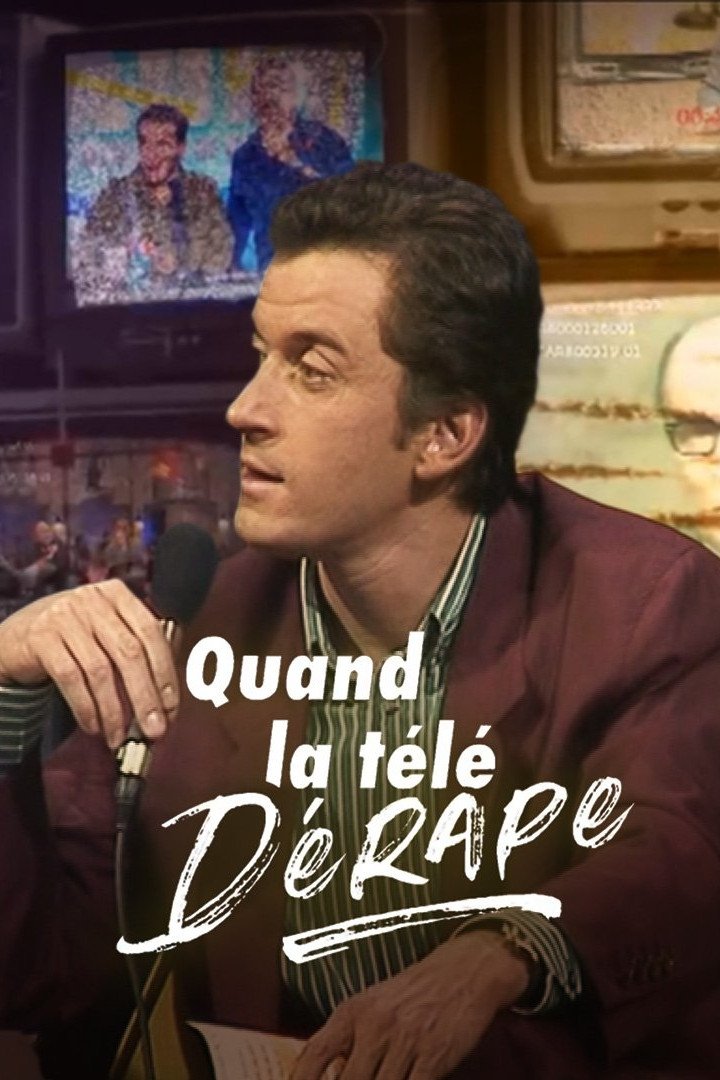
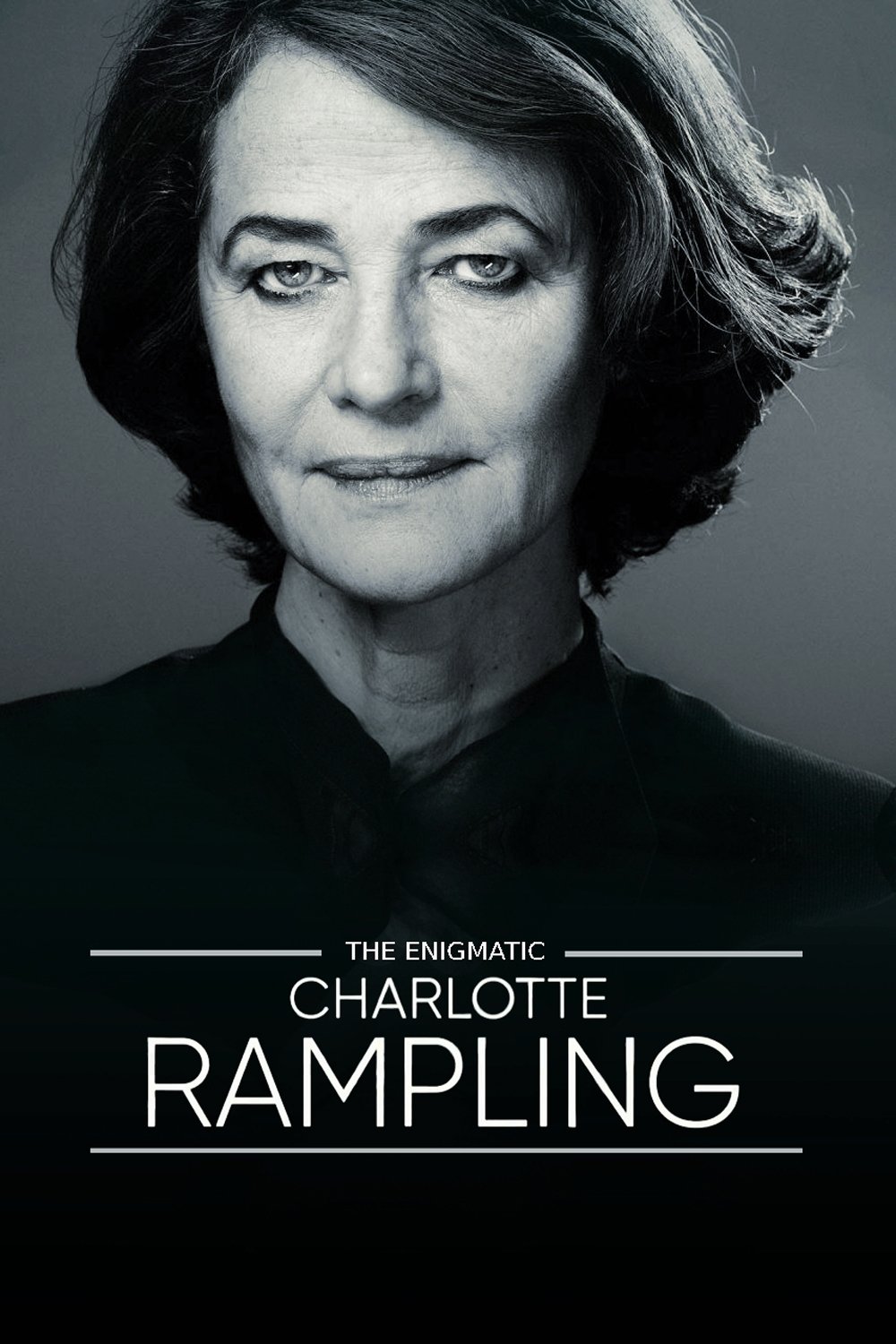
Screen icon Charlotte Rampling has fascinated the world of cinema,...
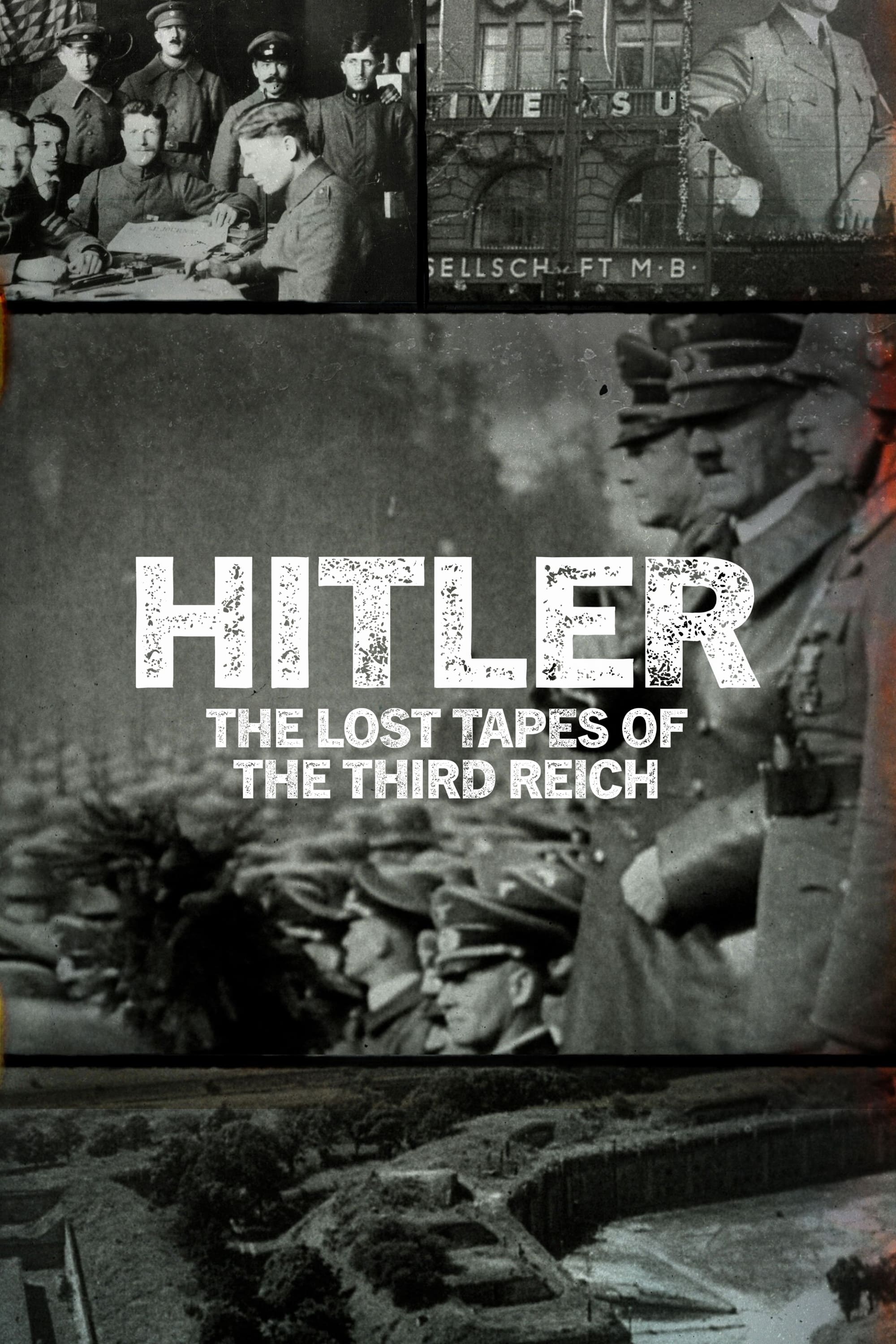
Examining the life and times of Adolf Hitler and following...
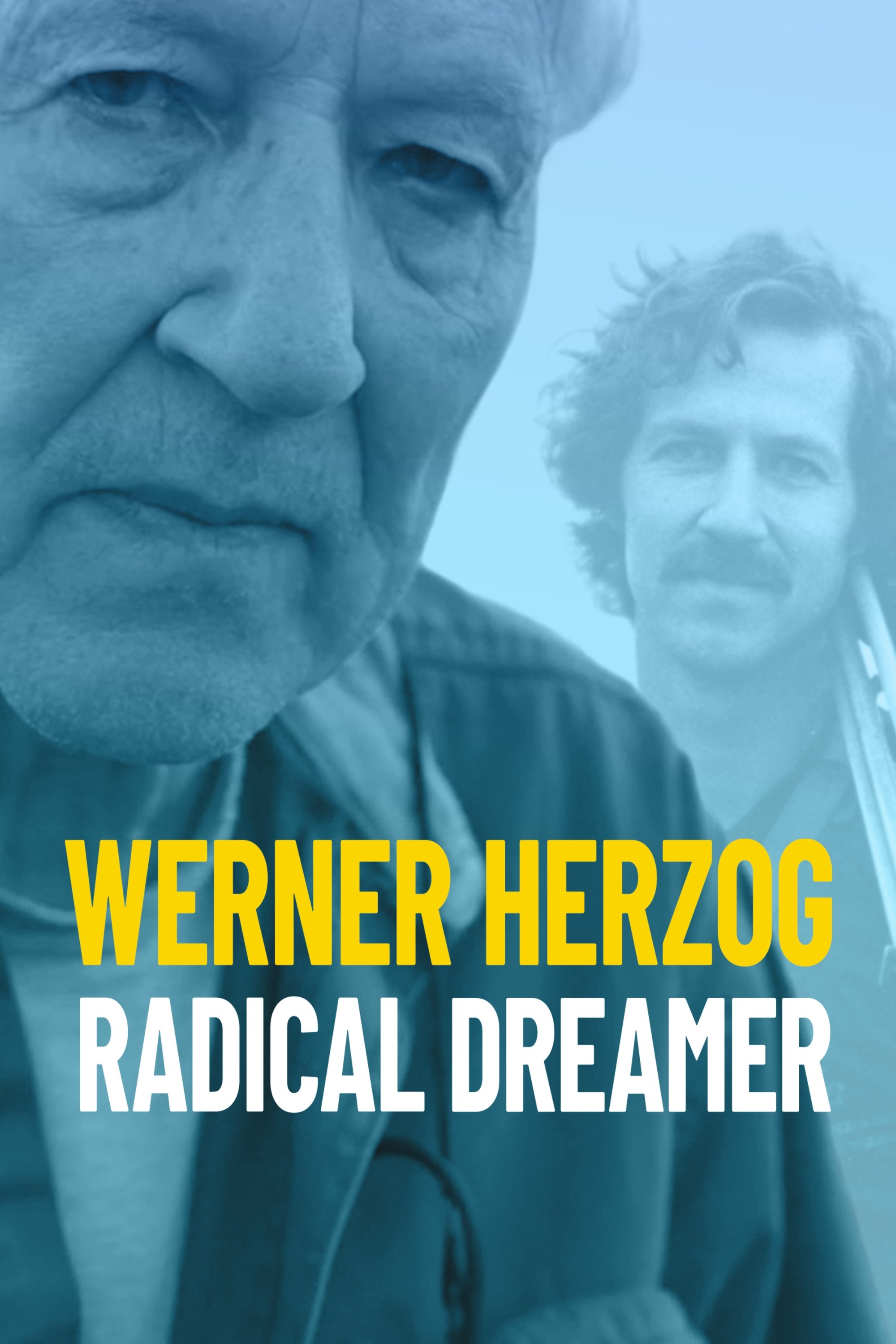
With exclusive behind-the-scenes access into Herzog’s everyday life, rare archive...
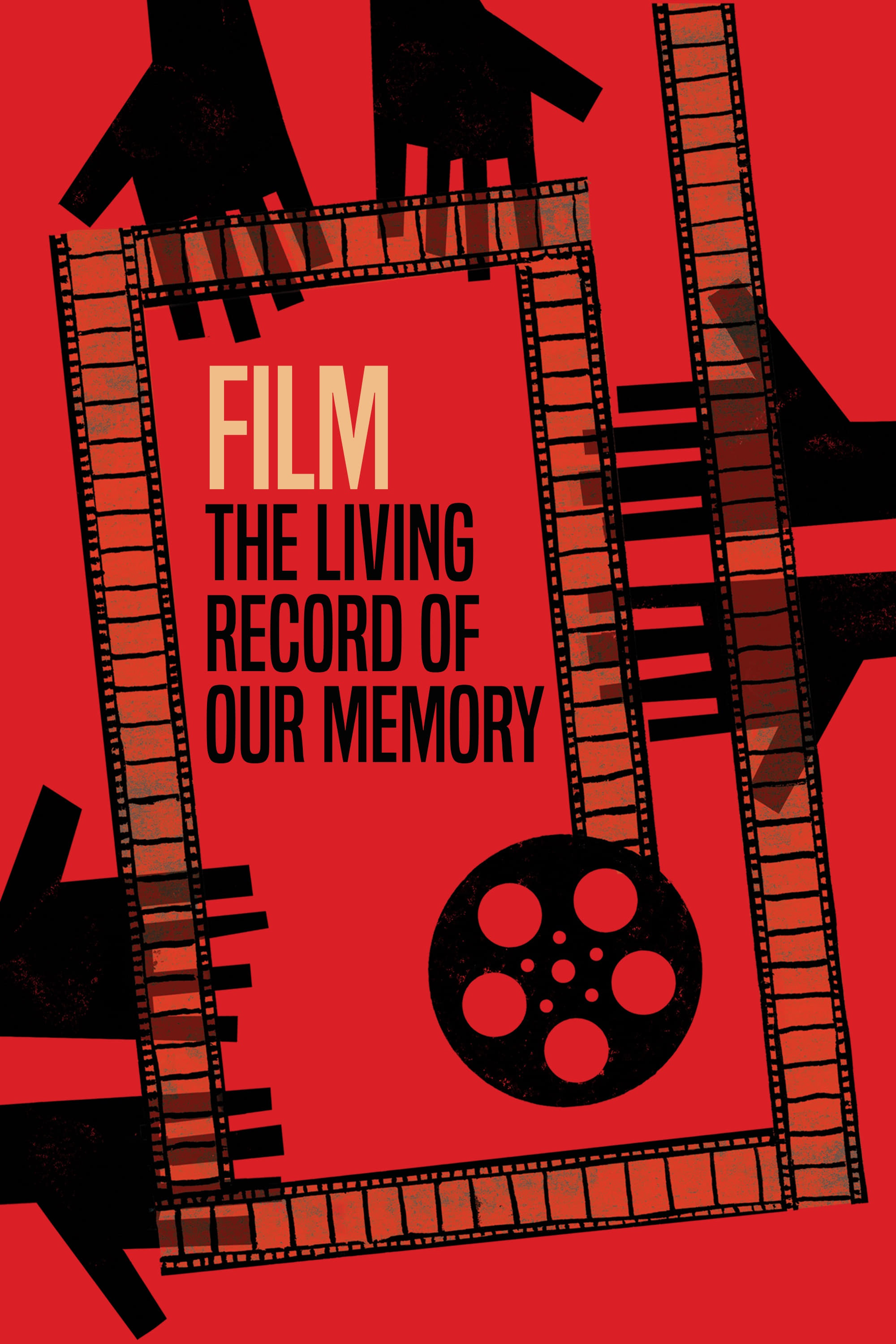
Why are we still able, today, to view images that...
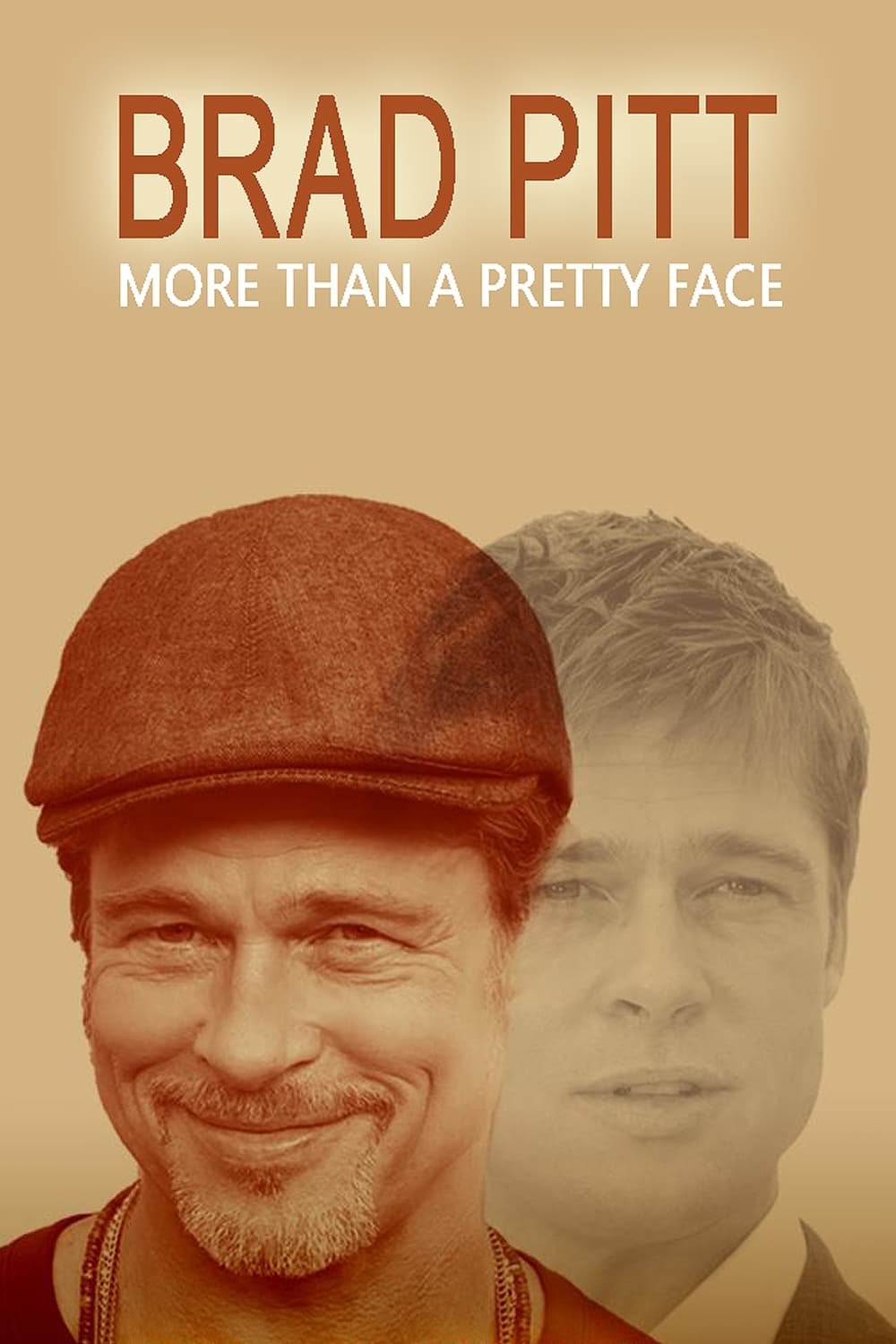
Brad Pitt is a singular actor in Hollywood's glamorous world,...
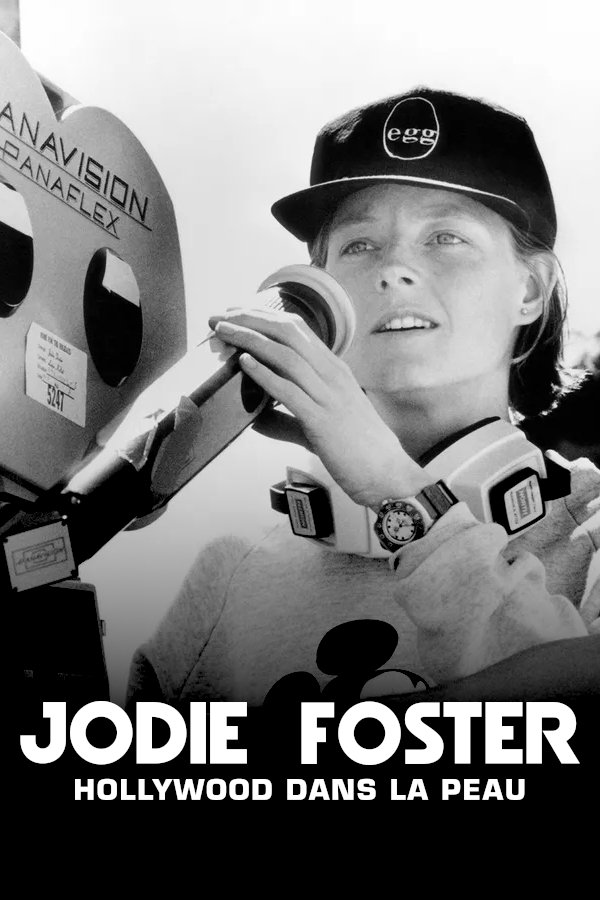
From her precocious status as a sex symbol to her...
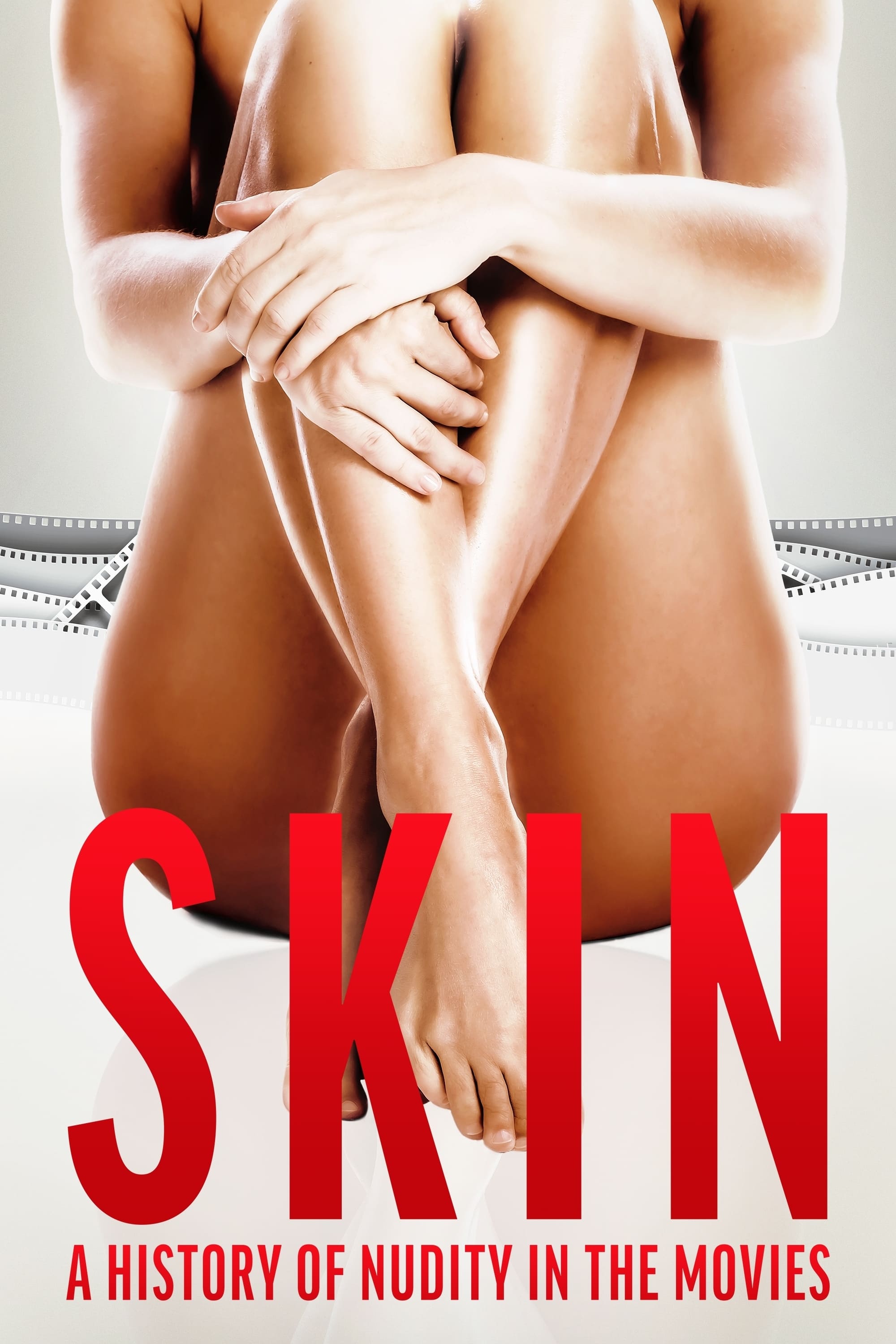
The definitive documentary on the history of nudity in feature...

Through the Fondren Fellows program, the Rice Media Center Archive...
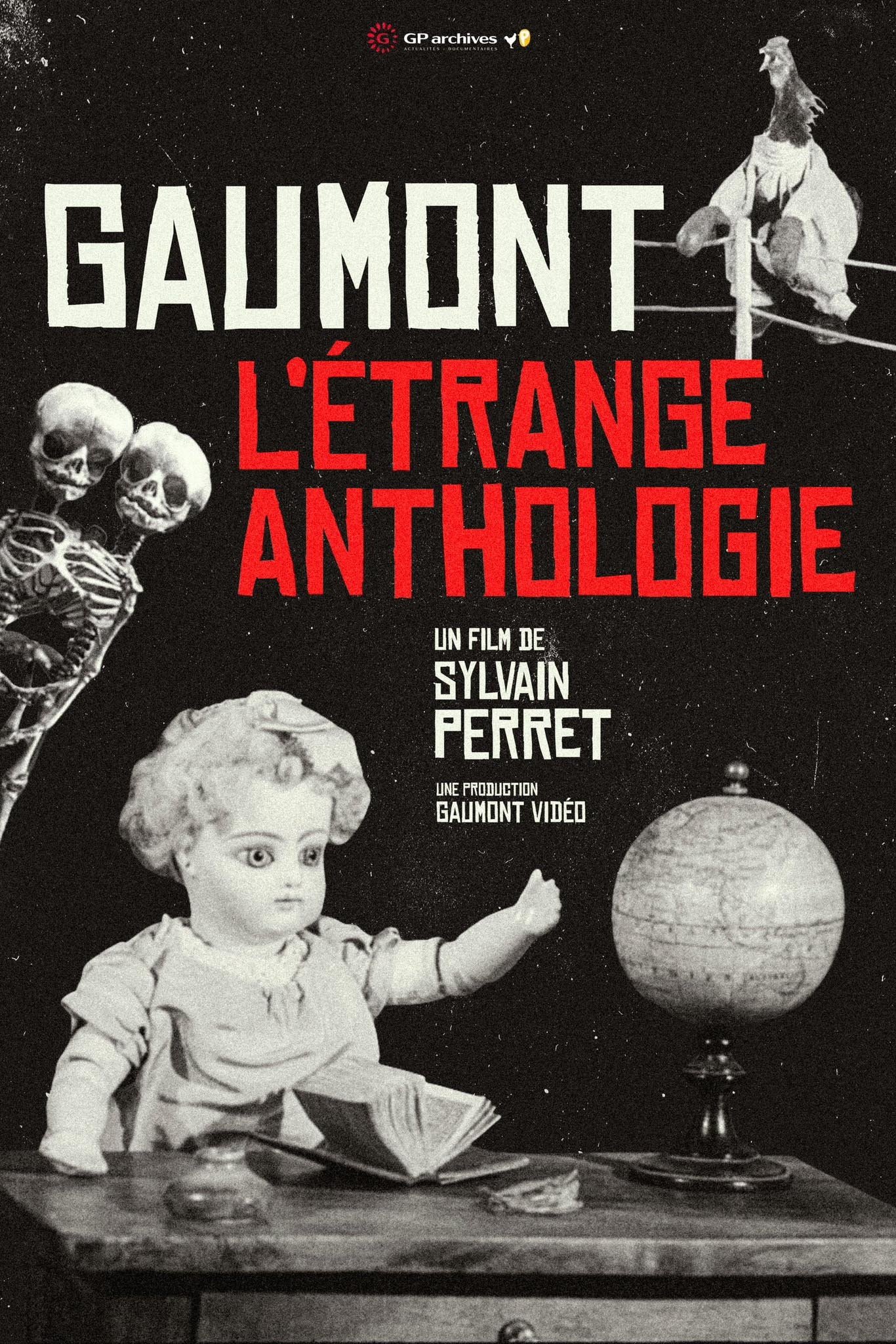
To mark the 30th anniversary of L'Étrange Festival, Gaumont is...
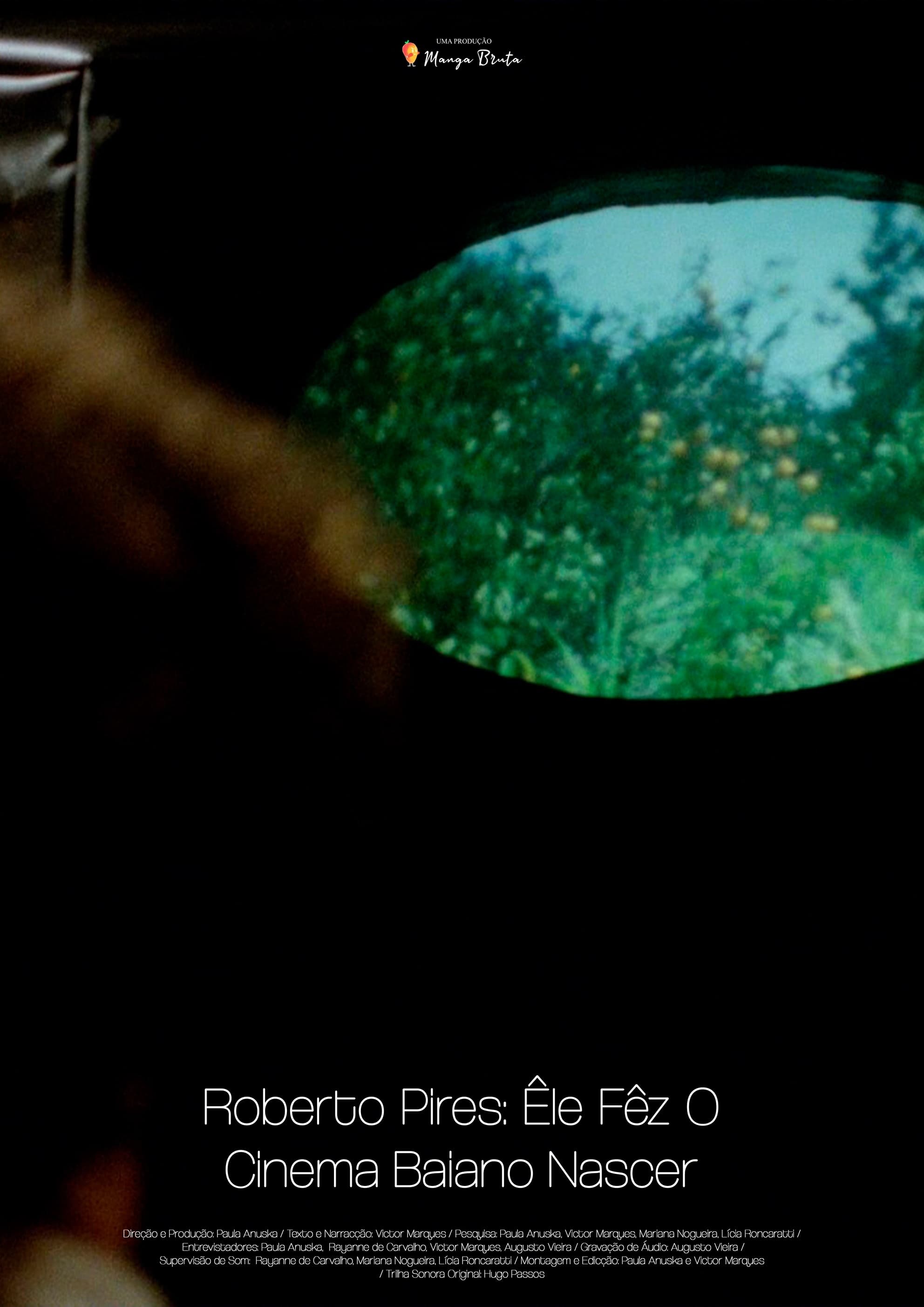
Before Cinema Novo revolutionized the Brazilian cinematic scenery, a young...

Skip Liberty enlisted in the Army in 1968. During his...